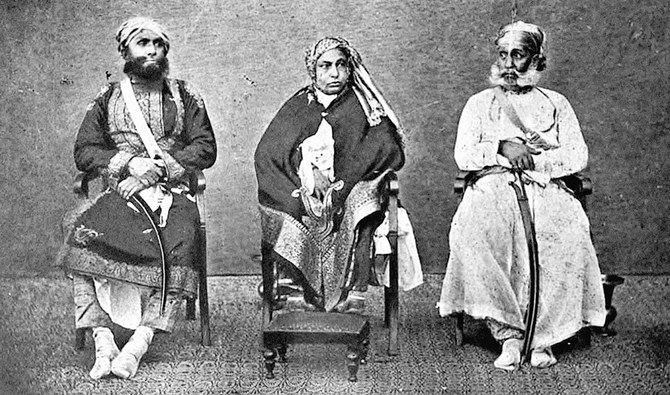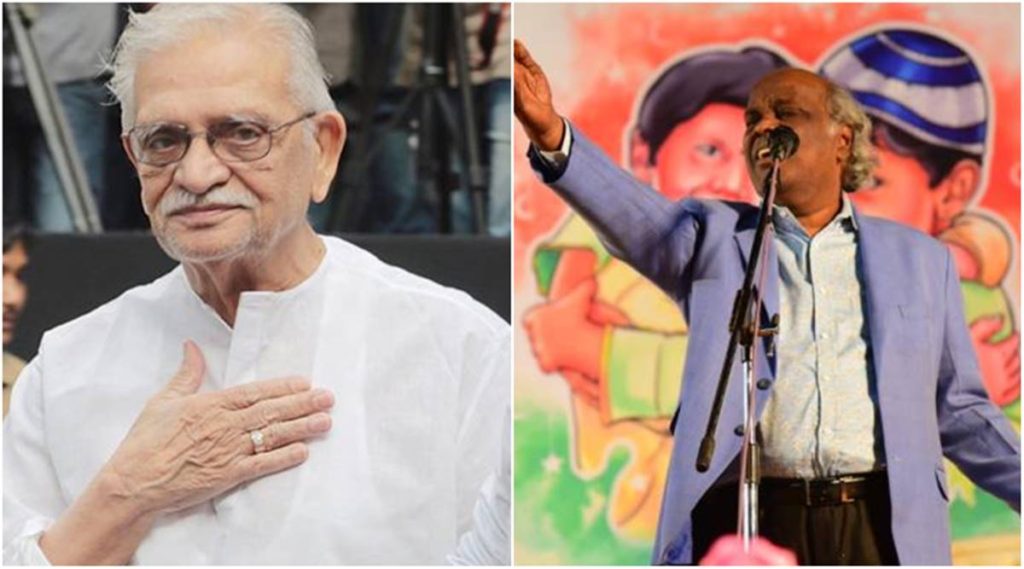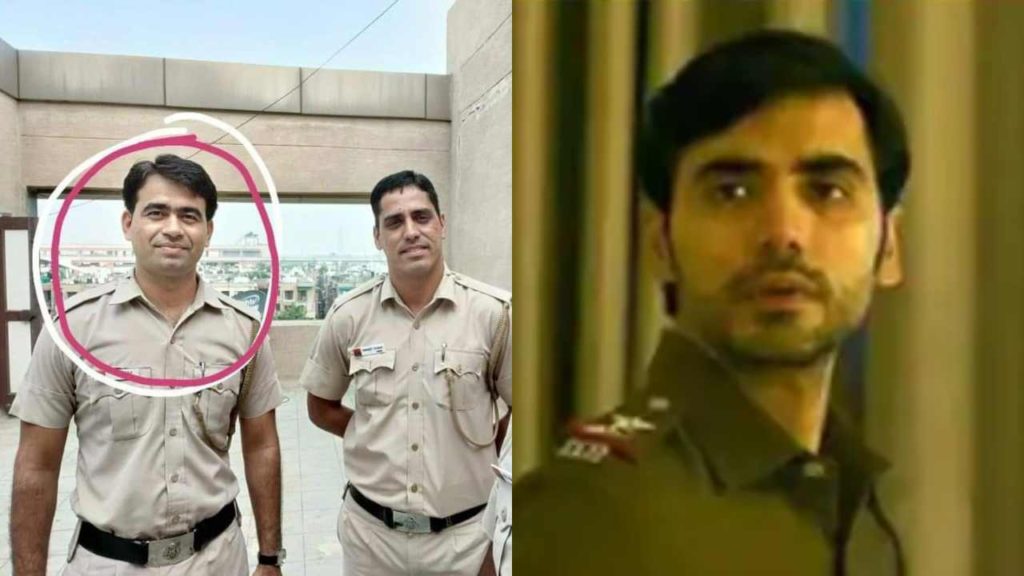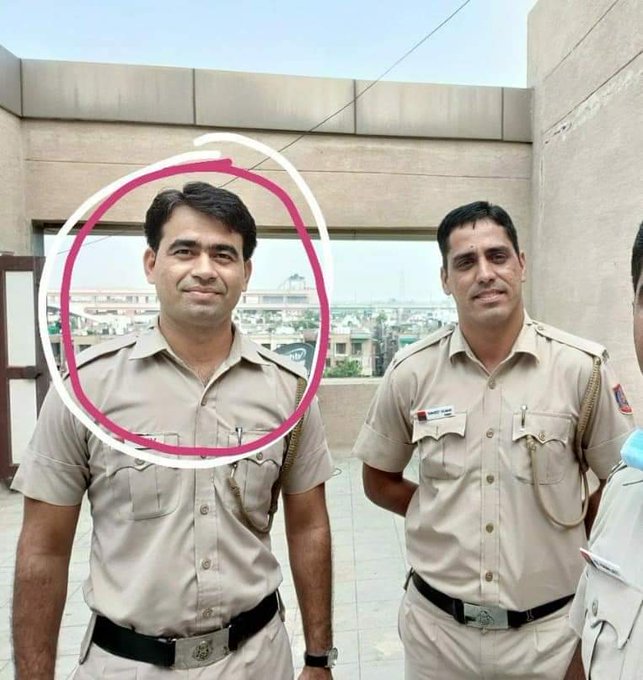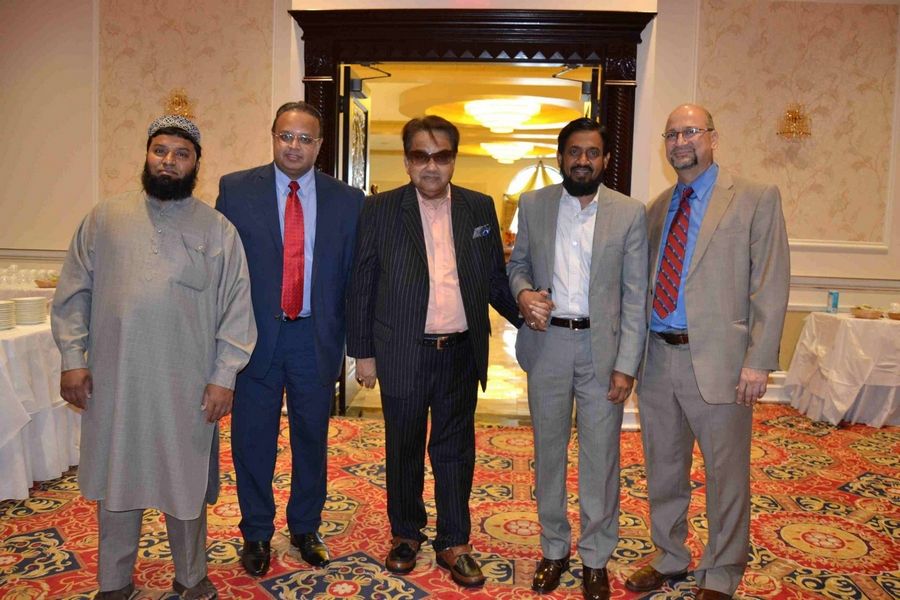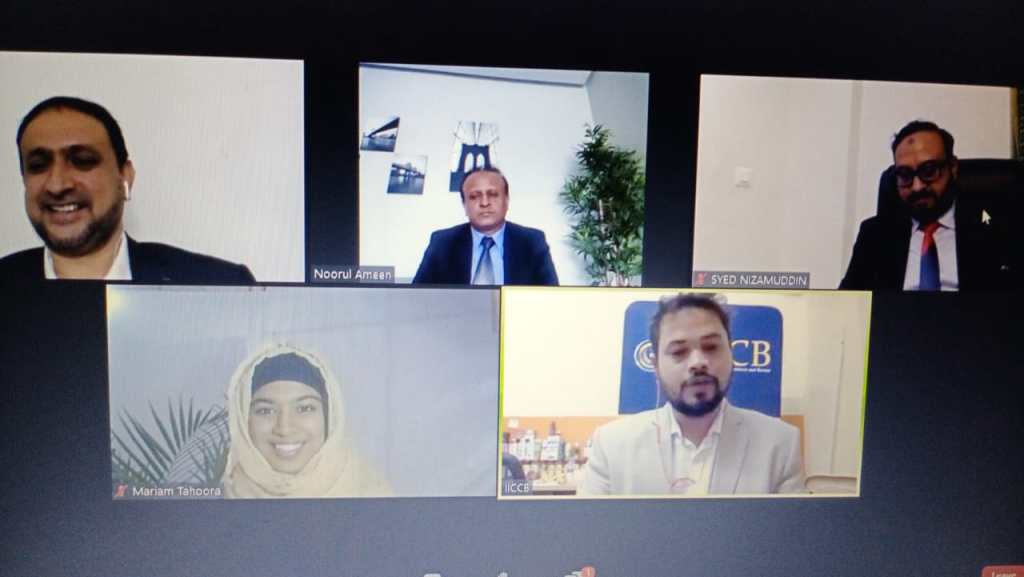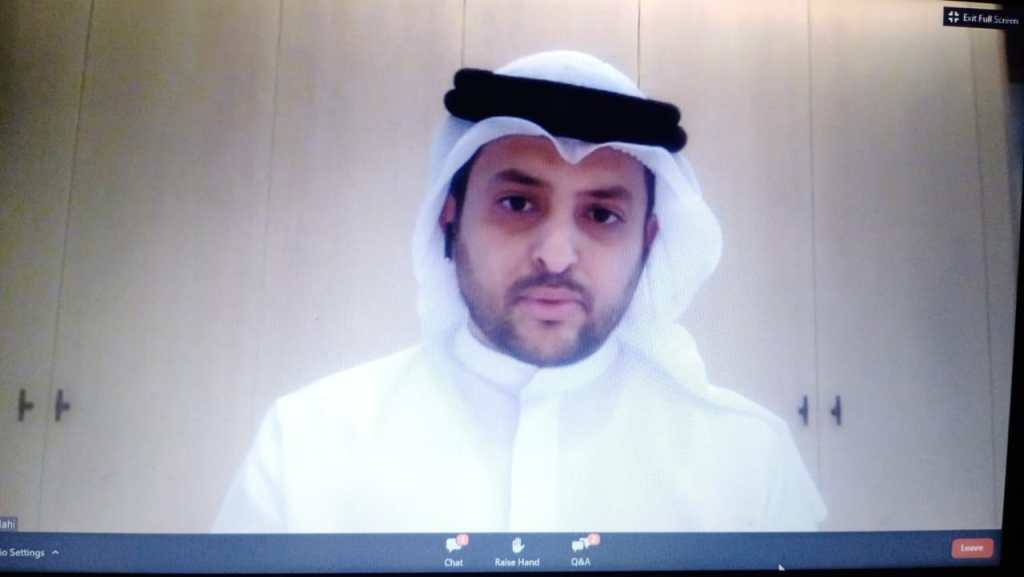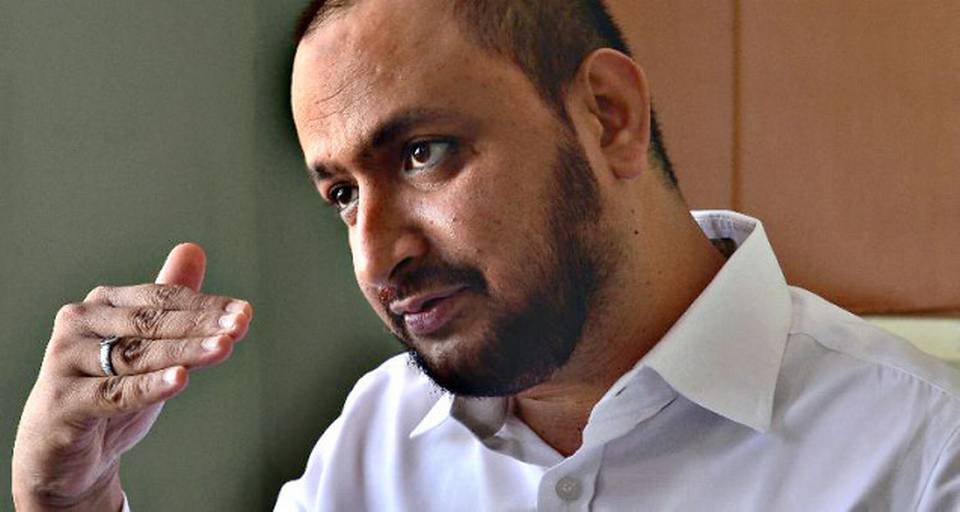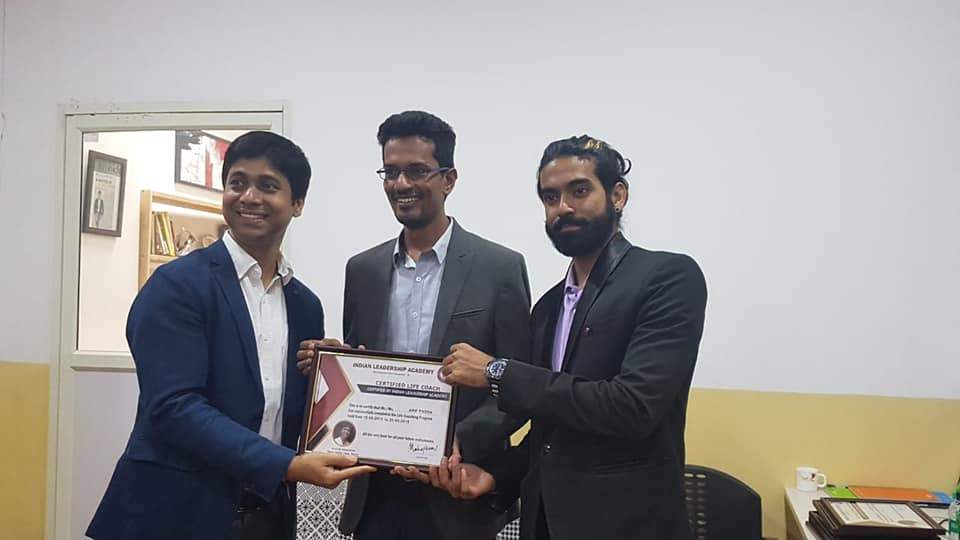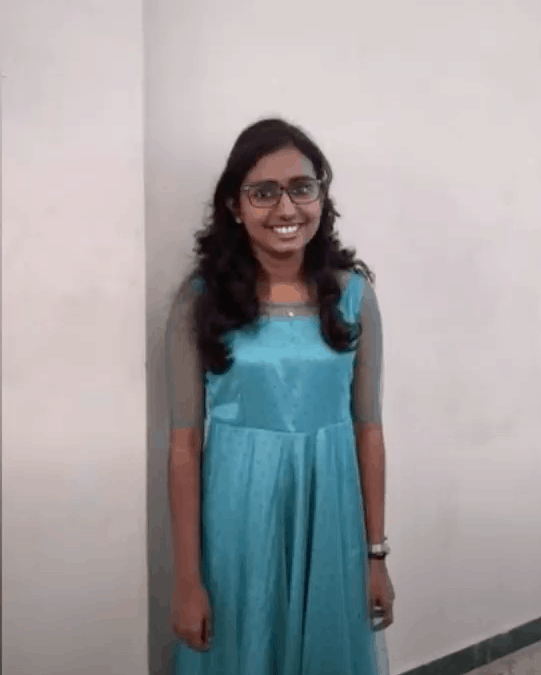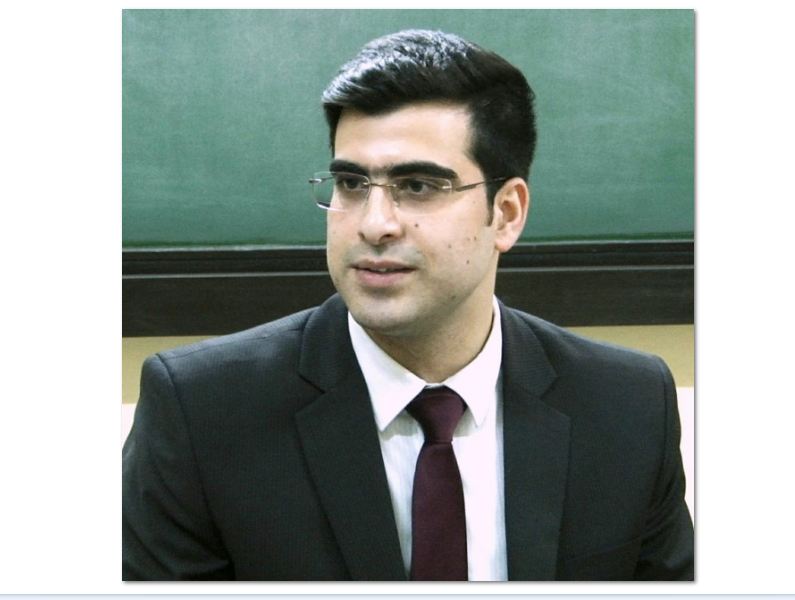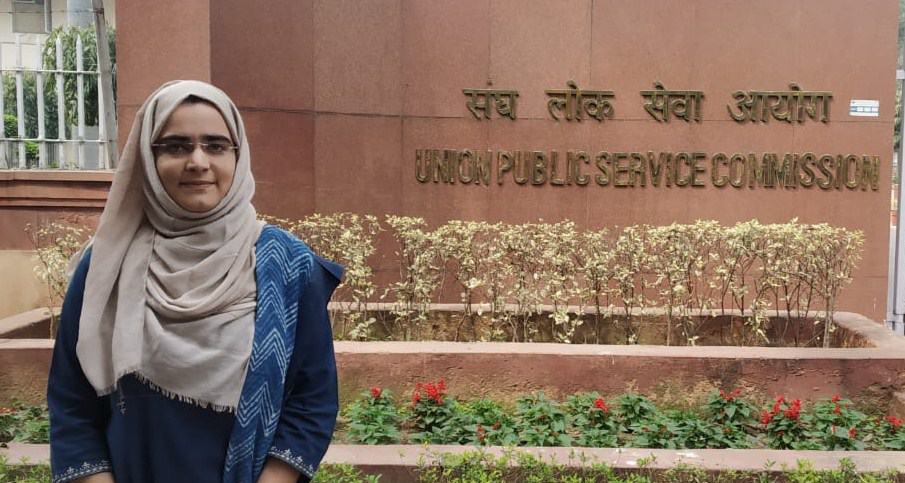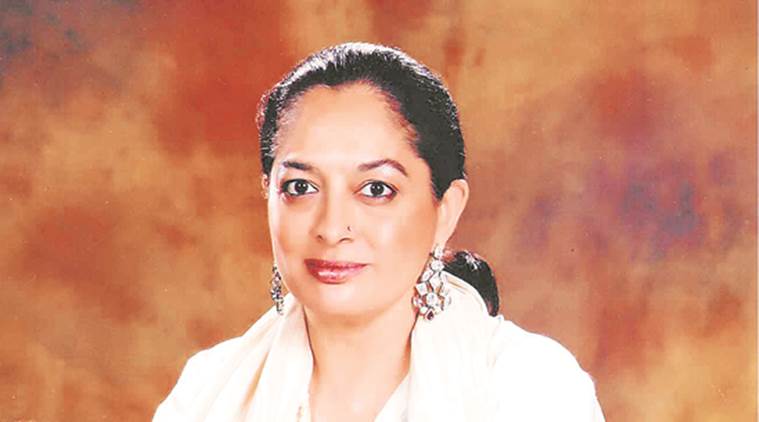Bengaluru, KARNATAKA :
Muslims formed the human chain to show they are ‘here for all’, but, at the same time, say they cannot tolerate insult to Prophet Mohammed and are seeking justice for it.
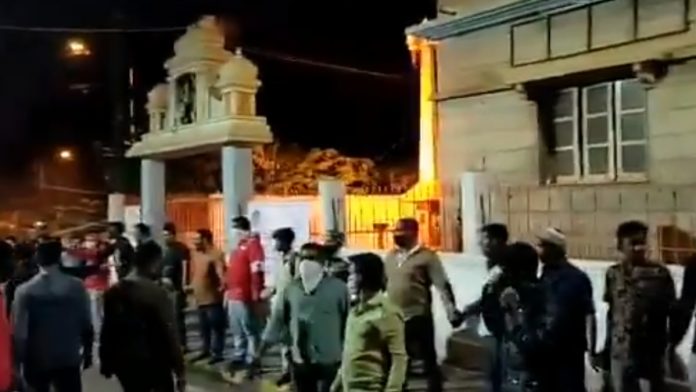
Bengaluru:
A viral video showing Muslim youth forming a human chain to guard a temple during the violence that erupted in Bengaluru Tuesday night has emerged on social media.
The video shows young men holding hands and ensuring that rioters didn’t attack the temple located in Pulakeshinagar.
______________
A group of Muslim youth gathered and formed a human chain around a temple in DJ Halli police station limits of Bengaluru city late last night, to protect it from arsonists after violence erupted in the area. (Video source: DJ Halli local)
____________________
In the video, one can hear people appealing to the protesters and saying — “For God’s sake… Please stay away from here.”
Two areas, D.J. Halli and K.G. Halli, in the Pulakeshinagar limits of Bengaluru saw widespread violence as an angry mob went on a rampage to protest against a Facebook post, allegedly put up by P. Naveen, nephew of Pulakeshinagar MLA Akhanda Srinivasa Murthy of the Congress.
Three people were killed and as many grievously injured after the Bengaluru Police opened fire to control the riots.
“We have formed this chain to show how we are here for all, but again we do not accept those who are trying to force RSS ideologies on people,” said one of the men who formed the human chain.
“We all live as brothers and sisters. We do not have anything against any religion. We are not fighting against any individual or any caste or community. We are only seeking justice as the nephew of MLA Srinivas Murthy has insulted our Nabi (Prophet Mohammed). We can not tolerate that.
“This has happened several times earlier. We respect this temple, we respect Hindus. But we are fighting against those who have extremist views against us,” he added.
A local vendor, Yasir, whose family has been running a grocery store for three generations in the D.J. Halli area, said: “It (the post) hurt our sentiments, but we condemn those who resorted to burning vehicles and attacking others.”
Meanwhile, police said Naveen has been arrested. This apart, 160 people have been arrested for indulging in arson.
Rizwan Arshad, MLA of Shivajinagar, which is adjacent to Pulakeshinagar, told ThePrint he was proud to see such acts of kindness.
“We are so proud of our brothers, who think of such acts of kindness even during such testing times. They told me that they stand for peace and unity, and they will try and ensure such incidents do not recur,” he added.
Congress MP Shashi Tharoor tweeted that the rioters should not be equated with an entire community.
“Those who incited and perpetrated the #bangaloreriots must be found, arrested & given exemplary punishment. But they are not to be equated with an entire community any more than thugs & vigilantes represent all Hindus. This also happened in Bangalore.”
________________-
Shashi Tharoor@ShashiTharoor
Those who incited and perpetrated the #bangaloreriots must be found, arrested & given exemplary punishment. But they are not to be equated with an entire community any more than thugs & vigilantes represent all Hindus. This also happened in Bangalore:
___________________
𝗠𝘂𝗵𝗮𝗺𝗺𝗮𝗱 𝗡𝘂𝗮𝗺𝗺𝗶𝗿

( نُعَمِّرْ )@iam_nuammirThat’s the beauty of India Muslims created human chain to guard a Temple in #Bengaluru during violence. Stay calm make peace #BengaluruViolence https://twitter.com/ZakiyakINC/status/1293284847687880704video/1
___________________
source: http://www.theprint.in / The Print / Home> India / by Rohini Swamy / August 12th, 2020
